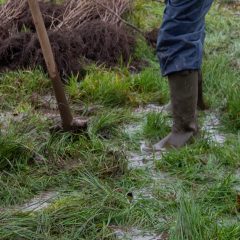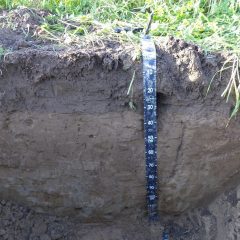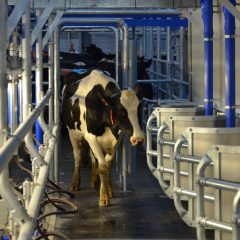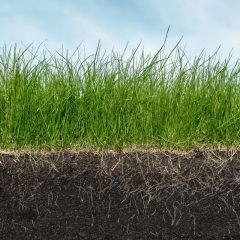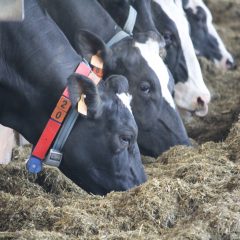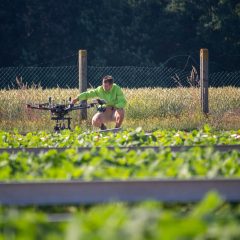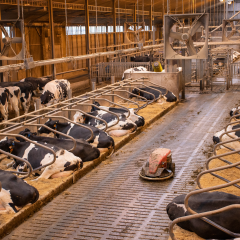Research project Grassland use in a changing climate
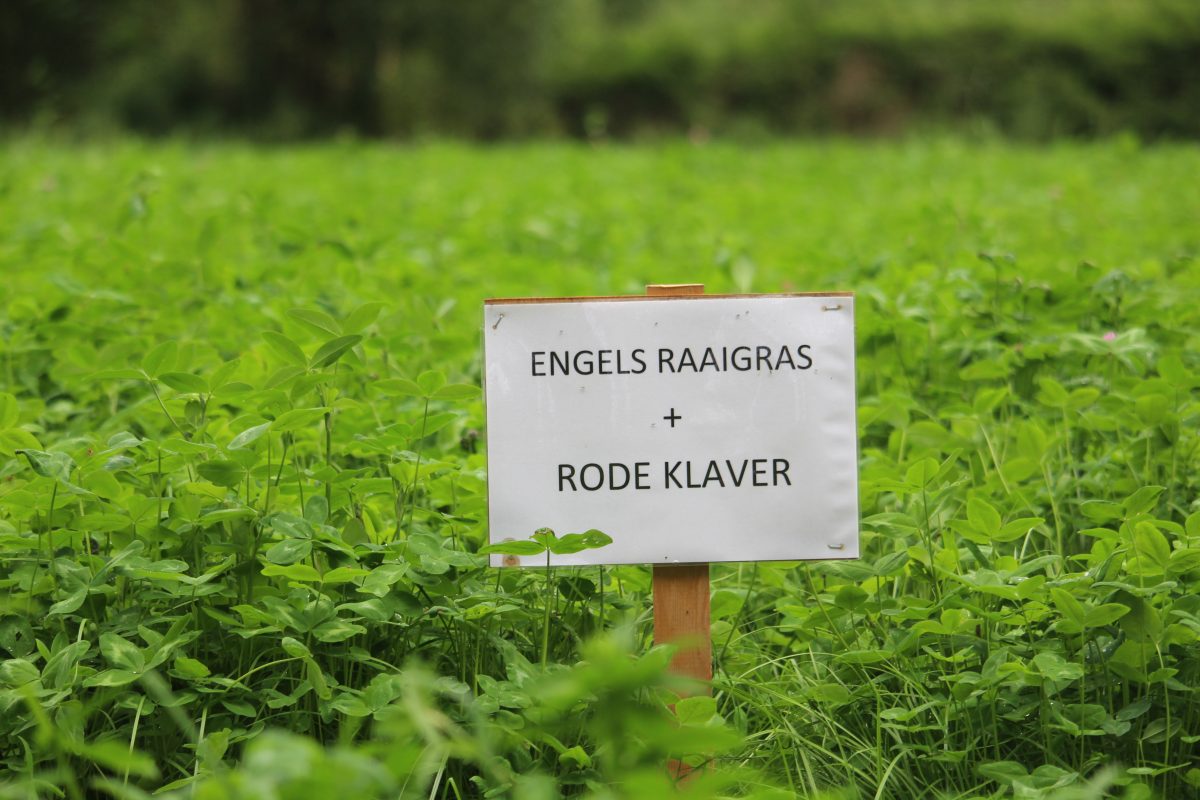
General introduction
The cultivation and use of drought-tolerant reed fescue as grass for dairy cattle as compared to the classically used ryegrass, proves to be a (very) good solution for dairy farmers wishing to maintain their fodder and milk production under our changing climate conditions. This is the research result of the VLAIO LA project KLIMGRAS. The yield trials with reed fescue show increased yields of as much as 25-45% in both dry and wet years. The relatively small forage intake and milk production decrease (3-6%) in high yielding animals can be eliminated by adding clover to the grass proportion. The research goal, to make the use of more persistent and drought-tolerant grasses (reed fescue, ryegrass and Festulolium), whether in combination with clover or not, feasible and feasible in local dairy rations, has been achieved. Sustainable grassland exploitation as elaborated here achieves not only climate adaptation, but also climate mitigation, namely by soil carbon conservation, by limiting nitrogen fertilization and by pursuing high digestibility.
Research approach
Under controlled conditions with rain-out shelters, ILVO conducted small yield trials to assess different drought-tolerant grasses. The researchers determined the difference in intake and animal performance between the selected grasses under grazing (young cattle) and silage (dairy cows). Through 4 zootechnical trials with optimal grass-based rations, two of which included clover, they examined production parameters. In parallel, a number of established grass and clover plots were monitored on 3 field farms, including one with organic operation. Those farms varied in terms of soil types and farm approach. Finally, the economic and ecological feasibility was evaluated and found to be favorable.
Relevance/Valorization
More detailed conclusions: Yield trials, both at ILVO and on farms, show that in both dry and wet years, 25-45% higher yields are achieved with drought-tolerant tall fescue compared to commonly used perennial ryegrass. Combined cultivation with clover also offers great potential. The use of fresh grass in young stock was also monitored in several trials over 3 years. Grazing on tall fescue provides a more constant grass supply, even during droughts, which means animals often show better growth on this grass compared to perennial ryegrass. The use of tall fescue, especially at a high ration content and for high-yielding animals, causes a small decrease (3 to 6%) in forage intake and milk production. Adding 40% clover to the grass share can eliminate these issues. This grass species appears economically (as estimated using Routeplanner melkvee 2.0) and ecologically (KLIMREK) feasible. Cattle farmers can start using the latest varieties of tall fescue with confidence thanks to this research.
Not often can a research team recommend its findings with such confidence but here they are sure that livestock farmers can start working with the latest varieties of reed fescue. The use of (extra) clover, both economically and ecologically (and climatically), is also reaffirmed via this study. The seed sector can bet on (drought-tolerant) mixtures.
Financing
VLAIO

